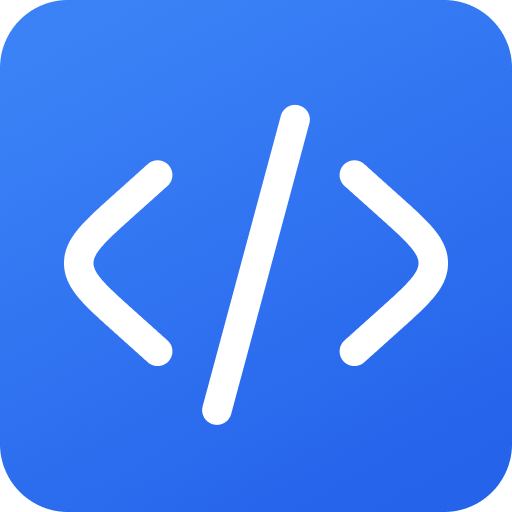The method
To strategically adopt a headless CMS, define clear goals, conduct a content audit, and choose the right CMS based on your needs. Use these prompts in strategy meetings or during the CMS selection process. Perfect for aligning business and tech teams.
The prompts
Prompt 1
Develop a comprehensive adoption plan for a headless CMS for a large enterprise. The plan should cover the following areas: 1) Business goals and objectives: How will the headless CMS support the overall business strategy? What are the key performance indicators (KPIs) that will be used to measure success? 2) Content audit and analysis: What types of content will be managed by the headless CMS? What is the current state of the content (e.g., format, structure, metadata)? What content needs to be created, migrated, or retired? 3) Technology architecture: How will the headless CMS integrate with existing systems (e.g., CRM, e-commerce platform, marketing automation)? What APIs and webhooks will be used? What are the requirements for scalability, security, and performance? 4) Team roles and responsibilities: Who will be responsible for managing the headless CMS? What skills and training are required? How will content workflows be designed and implemented? 5) Governance and compliance: What policies and procedures need to be in place to ensure content quality, consistency, and compliance with legal and regulatory requirements? Please provide a detailed timeline and budget for the implementation of the plan. Consider factors like training, migration, and ongoing maintenance costs. Include potential risks and mitigation strategies for each phase of the implementation.
Prompt 2
Imagine you are a consultant hired by a global retail company to advise on moving to a headless CMS. They currently use a monolithic CMS and face challenges with omnichannel content delivery. Create a detailed recommendation report outlining the benefits of headless CMS, the specific challenges they might face during migration, and a phased approach to implementation. Address concerns around increased complexity, the need for developer expertise, and the impact on marketing workflows. Include a comparative analysis of at least three different headless CMS platforms, highlighting their strengths and weaknesses based on the company’s specific needs. The report should also cover how to measure the success of the headless CMS implementation, focusing on metrics like content velocity, customer engagement, and website performance. Provide concrete examples of how headless CMS can improve their omnichannel experience, such as personalized content delivery across web, mobile apps, and in-store displays. Structure the report logically, with clear headings, subheadings, and visual aids (e.g., charts, diagrams) to facilitate understanding. Focus on actionable recommendations the company can implement immediately.
